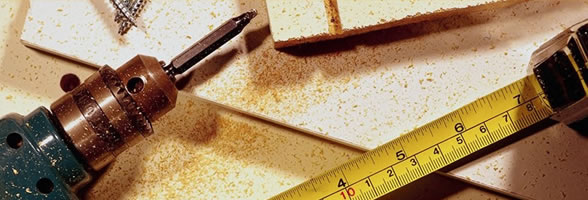
Lymphoproliferative lesions of the skin

L Cerroni. J Clin Pathol 2006;59:813–826. doi: 10.1136/jcp.2005.033019.
Formats: PDF (13M)
www.ncbi.nlm.nih.gov/pmc/articles/PMC1860435/pdf/813.pdf
Diagnosis and differential diagnosis of cutaneous lymphoproliferative disorders is one of the most difficult areas in dermatopathology, and biopsies are often taken
to rule out a cutaneous lymphoma in patients with ‘‘unclear’’ or ‘‘therapy-resistant’’ skin lesions. Histopathological features alone often enable a given case to be classified to a diagnostic group (eg, epidermotropic lymphomas), but seldom allow a definitive diagnosis to be made. Performing several biopsies from morphologically different lesions is suggested, especially in patients with suspicion of mycosis fungoides. Immunohistochemistry is often crucial for proper classification of the cases, but in some instances is not helpful (eg, early lesions of mycosis fungoides). Although molecular techniques provide new, powerful tools for diagnosing cutaneous lymphoproliferative disorders, results of molecular methods should always be interpreted with the clinicopathological features, keeping in mind the possibility of false positivity and false negativity. In many cases, a definitive diagnosis can be made only on careful correlation of the clinical with the histopathological, immunophenotypical and molecular features.
